Writers, editors, podcasters and other kinds of creators use Plottr to plan books, stories and creative projects. Meet Plottr community member Oliver Warmflash, who shares how he uses Plottr to visualize three-act structure (and plan cookbooks, too).
Key Points and Takeaways
- Whatever you’re writing, a strong hook is essential
- Writing and music have one thing in common: structure
- First pages matter (avoid giving a reader, editor or agent a reason to stop)
- It’s worth rewriting opening sentences and pages until they work
- Editing others is one of the best ways to learn structure
- Three-act structure gives stories shape: A beginning, middle and end
W speak about the perks of storing dialogue via Plottr Notes (such as easier exporting), ‘show, don’t tell, and a whole lot more.
Watch the Video
Meet Oliver and discover two creative ways he uses Plottr.
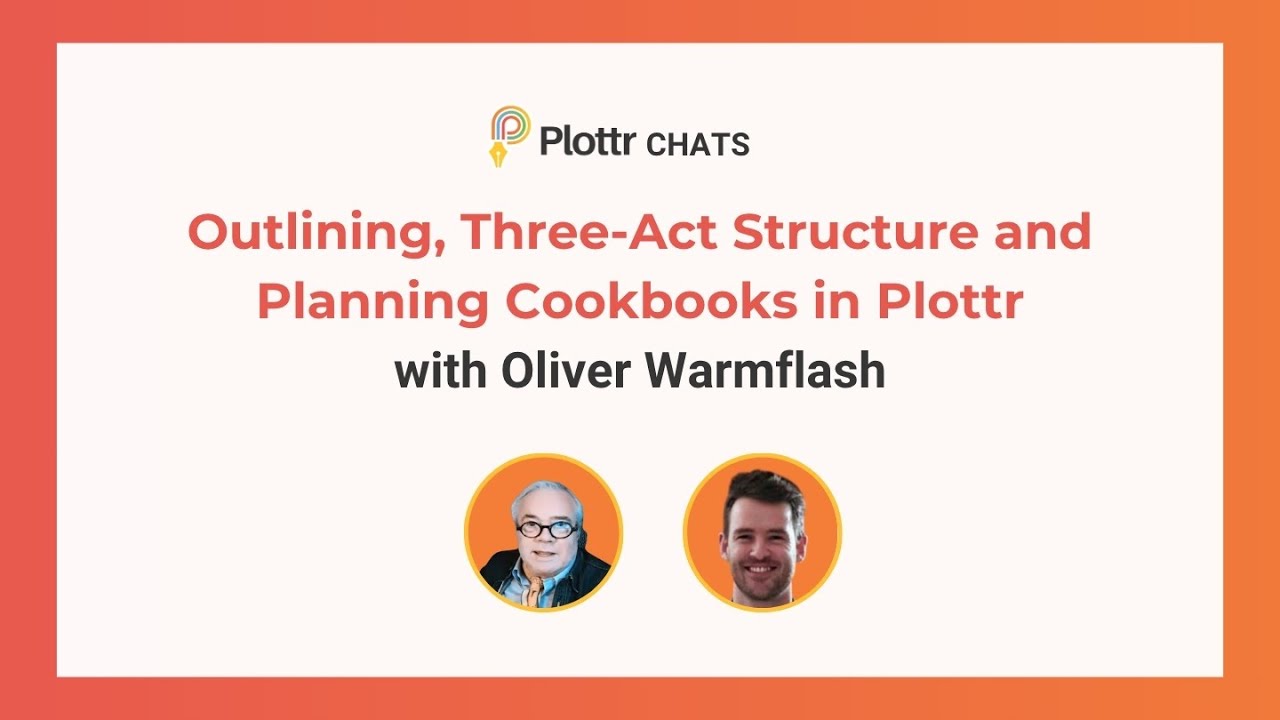
Excerpts and Highlights
Explore excerpts and highlights from the conversation:
Discovering Plottr (and the Joys of an Intuitive Process)
Oliver: […] I tripped into Plottr because there are writing programs that are really good, Scrivener being one of them, which I love.
But its outlining ability for my purposes was not very good. And when I looked at Plottr and I looked at the ads for it, and I looked at some of the videos, I thought, Hey, wait a second. This is exactly what I’m looking for because, it looks like Scrivener in that I have these regions where I have these boxes of information.
Yeah. I’ve got all these templates that, Plottr has made. And then I thought of my recording life and I said, oh, these words and these boxes are like the fields that I have in recording. A number of lights went off in my head, and five years later I’m still with Plottr.
I use it daily. […] With Plottr I can fine tune how things are done. I can create my own templates.
Form in Writing, Music and Podcasts
Jordan at Plottr: What would you say are the parallels between, say, structuring audio (say, a music piece) and writing, or a podcast for that matter?
Oliver: You need a hook, you need a premise, and then you need an inciting in incident. And you need that in a pop record, in a classical record. In a jazz record. Yeah. We’ve set up the thing, the template. Now where the heck do we go?
Jordan: Absolutely. So the sense of direction. Some things almost write themselves once you have that kind of strong sense of directionality built in.
Oliver: The opening line of your book, of your podcast, of your song, of your piece of music is the most important thing that you could do.
Rewriting and Creating Patterns from Chaos
Oliver: If you look at Hemingway, he rewrote The Old Man and the Sea 33 times, the opening sentence. And if you look at George Orwell, and you look at 1984, he wrote 1984 I think something like 60 times. That opening sentence.
I have no problem sitting at the piano for six hours and just playing the same phrases over and over and over until I get them, or the guitar and I have no problem working on Plottr doing you know, 80 different iterations of the outline before the script is even written.
Our evolution as beings (this is highfalutin) we’re looking for repeating patterns and we’re looking for information as to what is going on. We’re always looking for solutions to what the problems are and we’re trying to take this chaos and put it into order.
Outlining (and Hardcore Outliners)
Jordan: That kind of segues back naturally to outlining and you’ve said to me that you think outlining is really important. And that you invested concerted effort in learning how to outline. Could you speak a bit about that and some of your thoughts around outlining?
Oliver: We have to talk about what outlining is and the two different kinds of outlining the three different kinds. Actually, there’s the hardcore of which I would be one of them. And the people who use Plottr, I would imagine for a lot of them are hardcore.
JK Rowling, Truman Capote, Jonathan Franzen, those are major out outliners. They spend two years, three years just outlining. Before they write a word, but when they get down to writing the book, it takes no more than…
When I transfer my outlines from Plottr when I render them into Scrivener or render them into Word (which Plottr does beautifully), it’s all there and it takes me… to write the final script, it takes maybe three days.
Dialogue, Descriptive Detail and Plot
Oliver: […] You can fool yourself with your dialogue. Yeah. And writers do this all the time. You can fool yourself that you’re the biggest genius that there ever was.
Now, if you’re a playwright where people are just talking nonstop, you have to do it. But if you are like the rest of us, a lot of your prose is just description. And it’s Ian Fleming. ‘ Bond pulled up in a car. The car was gray. He stepped outta the car. A bullet flew by him. He pulled out his wallet.’ … I mean, things happen all the time.
Yes, but it’s not dialogue-driven. But you can really fool yourself and a lot of writers do that. [Think] they’re geniuses and that they’ve got a hot property ’cause they’ve written some of the most scintillating dialogue. Dialogue is easy to write. Once you know what your plot is, what’s going on.
You can store [dialogues] (and I do, if I’m in a dialogue kind of mind) in Plottr. I just go into notes and I add them as notes.
Show, Don’t Tell
Oliver: You’re always writing to show people things. They don’t wanna be told stuff. However, you don’t show me or the character riding in the taxi to the airport.
Jordan: Don’t show the boring moments in excruciating detail.
Oliver: If he sits down in the plane we don’t go into all the excruciating details of sitting in a plane waiting to take off. No. He gets in the plane and he flies to Cape Town and that’s done.
Learning What to Say or Show Versus Omit
Jordan: We’ve been doing a series of beat sheets on the Plottr blog where members of the team choose their favorite movies and we create a beat sheet and we talk about it. And I’ve been racking my brain about what I would do.
I was thinking one of my favorite movies is… I think it won the best picture, the best foreign picture in I think ’87, is Cinema Paradiso, which has a beautiful score by Ennio Morricone.
The opening scene is so brilliant. Where it’s this mother sitting upstairs knitting and the doorbell goes downstairs and she goes down to answer it, but her wool catches on her clothing and as she’s going to answer the door, and it’s the prodigal son returning the shot stays on the knitting needles. And the knitting is unraveling as she moves downstairs, line by line.
And it’s just the most beautiful … it’s not a bombs and explosions kind of hook, but it has so much heart in terms of suggesting that relationship and, the passage of time and the futility of all of our busywork. It’s just a really beautiful opening scene.
I love it when film uses its medium really well. What you can do with the visual that you maybe would struggle to do with words; that I find really intriguing as well.
Oliver: In my recording studio, I have two photographs glued or taped to the monitors, to the speakers. One is Stevie Wonder and one is Ray Charles. And I ask myself, would they understand what I’m doing?
It dawned on me that this work has to fly by blind people. They can’t tell you what red is or what green is ’cause they never saw that. And that becomes this thing of push and pull,of how much do I say and how much do I not say? […] I’m a removal guy, I accumulate a lot of garbage but I really start to burn creatively when I’m getting rid of things.
Three-Act Structure
Jordan: You write fiction, you write cookbooks, you write, podcasts, and you plan all of this in Plottr. So what are the frameworks or forms you like to use for these?
Oliver: By and large, I use, the three-act play, the three act structure. Freytag. No. He came up with a seven…
Jordan: I think it was Aristotle?
Oliver: Aristotle did the original one, but it didn’t get really spicy until Freytag got into it. In the 1920s or the, or the 1880s. He got into it and really sharpened the edges, as to how you do this. And he was the one that put plot points and all that stuff into that system of writing.
I use three-act structure, although for some things I just go… I said this is seven structure. I’ll just do a setup, which is a teaser, which means nothing. And it’s just there.
It’s like a James Bond movie. It’s just to get you warmed up. And then I go into Act 1, which is the premise, the hook, and the inciting incident. Then I go into Act 2A, which is they’ve now gone into the adventure, and then Act 2B: things getting worse and worse and worse. And then Act 3, and then the denouement.
*
Watch the full video to see three-act structure and recipe planning in Plottr in action.
Start Planning Anything You Can Imagine
Ready to plan a book, podcast, cookbook or another creative project? Start now for free with a 30-day Plottr trial.
About Oliver Warmflash
Oliver Warmflash is a radio advertising producer, writer, and composer. He lives in Toronto. Learn more at https://www.podplanet.org/
About Jordan Kantey
Jordan is the Marketing Lead at Plottr and has worked as a fiction editor, copywriter and marketer. Besides language and literature, his other love is music. You’ll often find him crate-digging for vinyl in Cape Town where he lives.


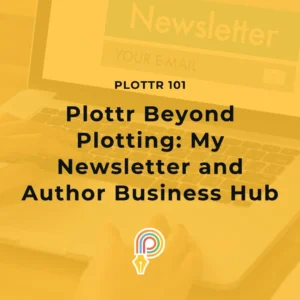
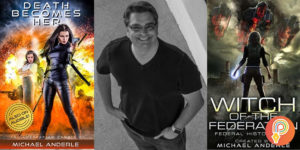
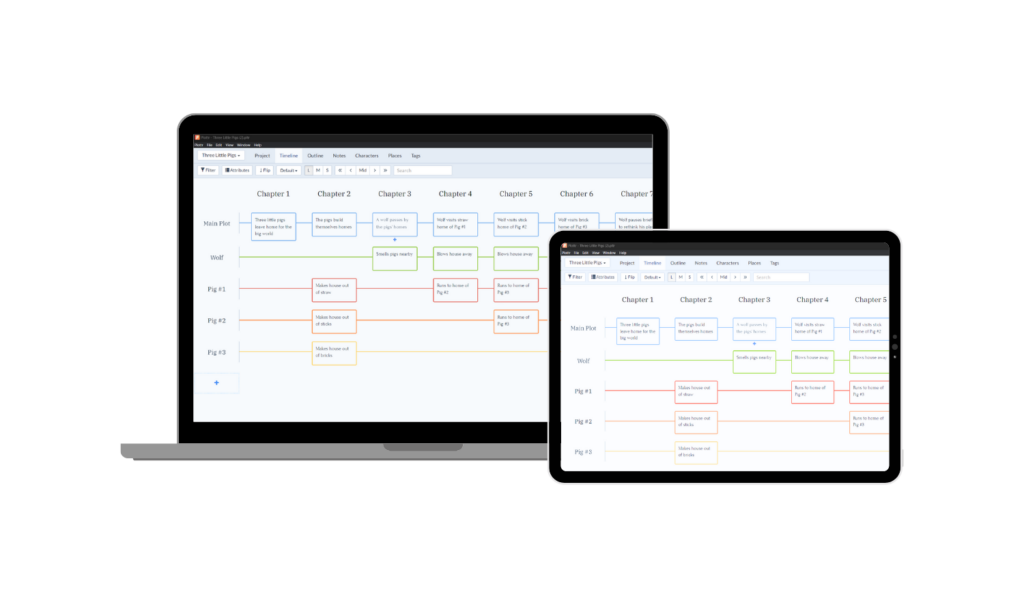
Comments